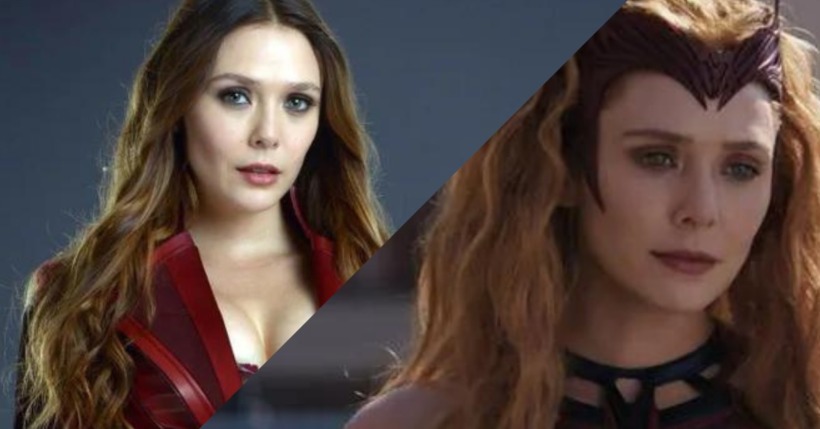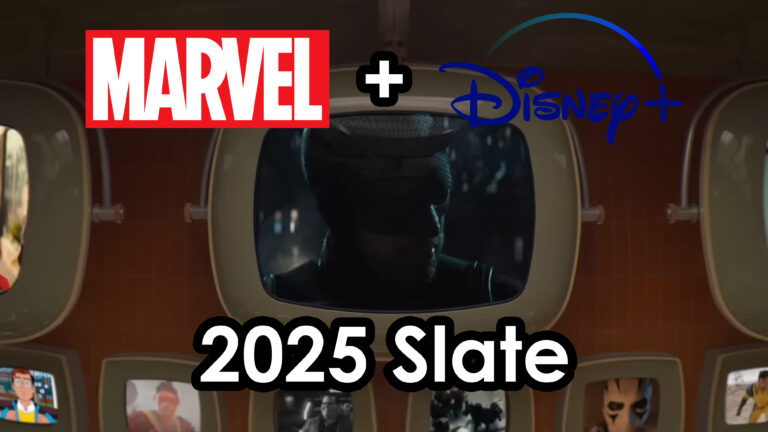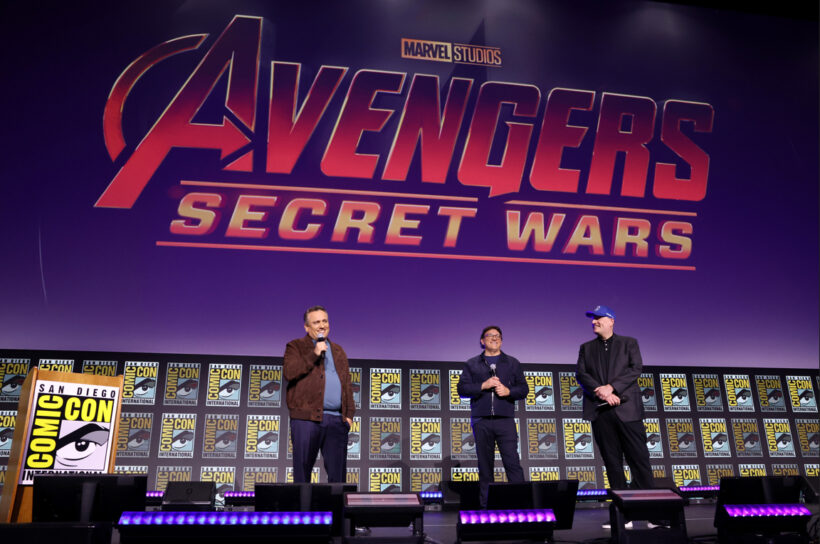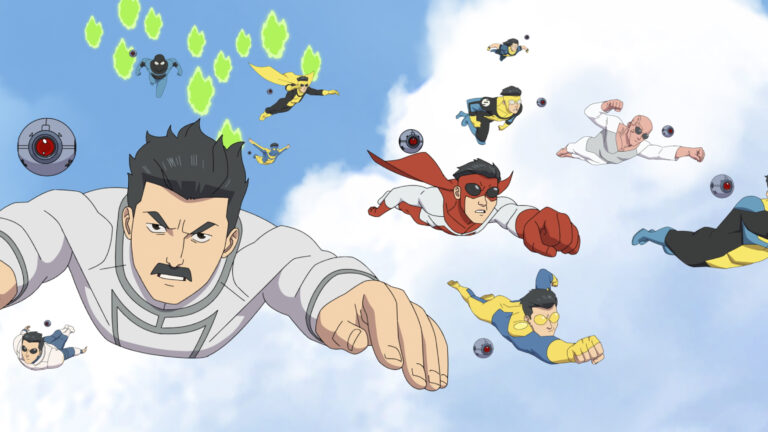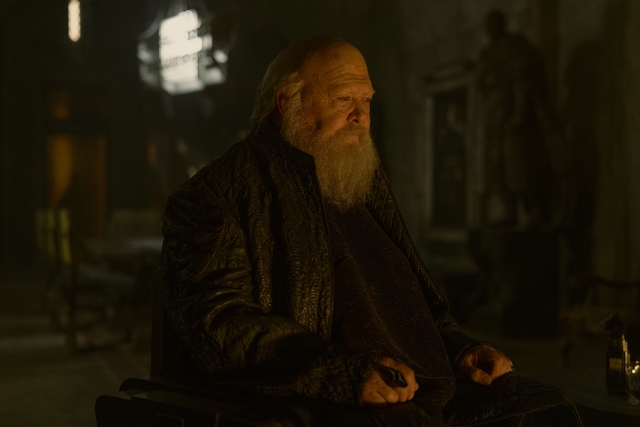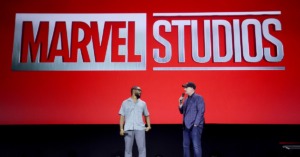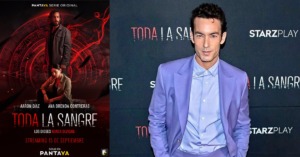Wanda Maximoff, our very own Scarlet Witch has been subject to both the male and female gaze, one of which is clearly better for her character. When we talk about the male gaze versus the female gaze we are talking about sometimes very subtle differences in direction, costuming, lighting, and framing that inform what the audience thinks or feels about a character. Sometimes these differences are not so subtle. In the context of the Marvel Cinematic Universe, there are plenty of examples of both so here we go.
Scarlet Witch
Wanda started her comic book life as a member of the Brotherhood of Evil Mutants with her brother Pietro. The team of “evil” X-Men was led by Magneto. Wanda’s introduction to the MCU was in Marvel Studios’ Avengers: Age of Ultron where audiences saw a young woman (Elizabeth Olsen) in a corset top with as much cleavage as director Joss Whedon could get away with. Generally speaking, the male vs female gaze comes down to practicality. As a superhero, antihero, or villain it doesn’t make any practical sense for Scarlet Witch to have her boobs out. She’s fighting, she’s in combat, and yet she’s very exposed.
“It’s funny because sometimes I look around and I’m just like—wow, I’m the only one who has cleavage, and that’s a constant joke because they haven’t really evolved my superhero costume that much.”
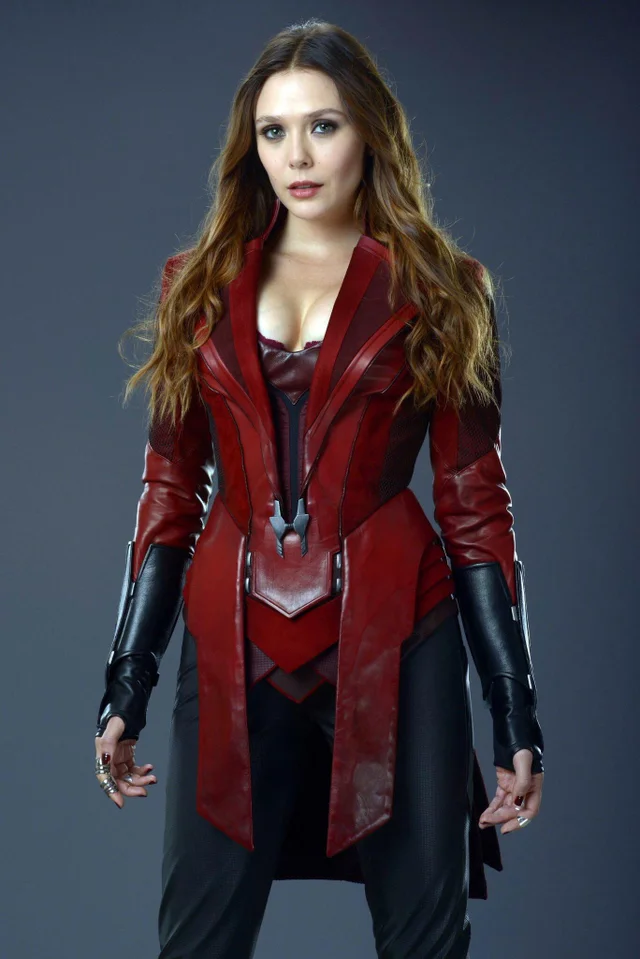
Differences in WandaVision vs Doctor Strange in the Multiverse of Madness
The Disney+ series WandaVision fixed not only the costume issue by making her look more tactical. But also the fact that up until Avengers: Endgame the men of Marvel didn’t seem to know what to do with Wanda’s powerset. She was mostly used as the big gun that the team pulled out when they needed her. She was a plot device and nothing more. Men tend to write hollow women, they simply didn’t know how to give them depth and strength.
WandaVision was produced and created by Jac Shaffer and written by a team of mostly women. These writers gave Wanda and the Scarlet Witch a personality, a story, feeling, and strength. It turned sexist comic book tropes on their heads and allowed for so much character growth. The end of the series when Wanda and Agatha are fighting could have very easily featured Vision trying to calm Wanda down. Or even worse have a different male hero come “save” her. But instead, she calmed herself, and when she did her power actually grew.
This is the exact inverse of the normal “overpowered women” trope. Most overpowered women are also deemed mentally and emotionally unstable. And when they are calmed they lose access to a majority of their power. All of which were undone in the latest film to feature Wanda, Doctor Strange in the Multiverse of Madness.
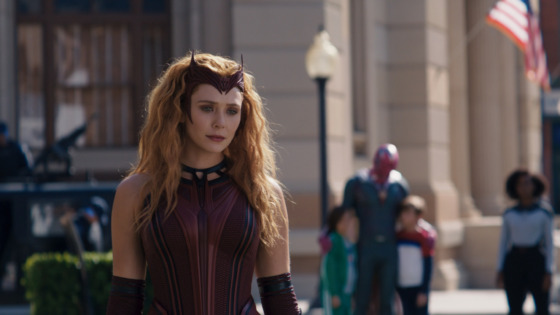
What women writers giveth, men writers who don’t know what they are doing taketh away. After the incredible character growth of WandaVision, we then watched Wanda go through a poorly written but identical arc in Doctor Strange in the Multiverse of Madness.
Societal ideas about female characters
After learning that grief shouldn’t come at the expense of other people, she used her grief as an excuse to harm others. And then, after realizing that she can’t escape into a manipulated reality, she tries to get what she wants from other realities. And after being freed from several sexist comic book tropes in WandaVision, she succumbs to the trope of women sacrificing themselves in order to show penance for their wrongdoing. In Doctor Strange in the Multiverse of Madness, they took the character development of Wanda taking ownership over the Scarlet Witch from WandaVision and destroyed her character progression. Michael Waldron also made her sole purpose in life getting her children back. As if she couldn’t possibly be a whole person if she wasn’t a mother. Even after grieving her children. This is a very upsetting societal idea that some men still hold onto.
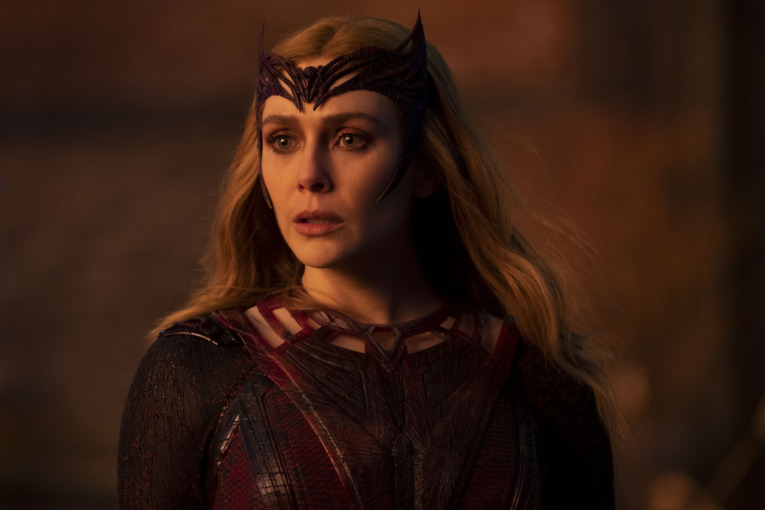
People of all genders have had control of Wanda in the context of the MCU. Wanda’s character only had the most weight and depth when she was written by a woman.

